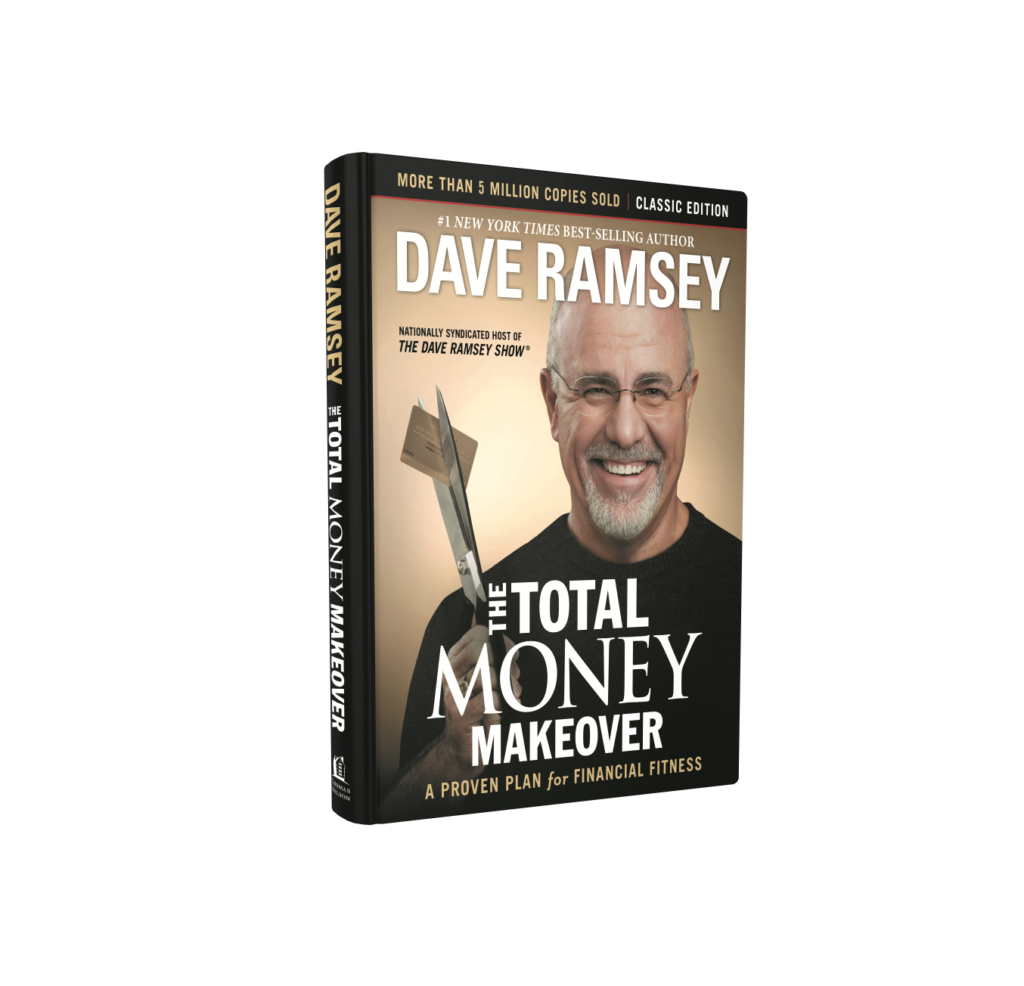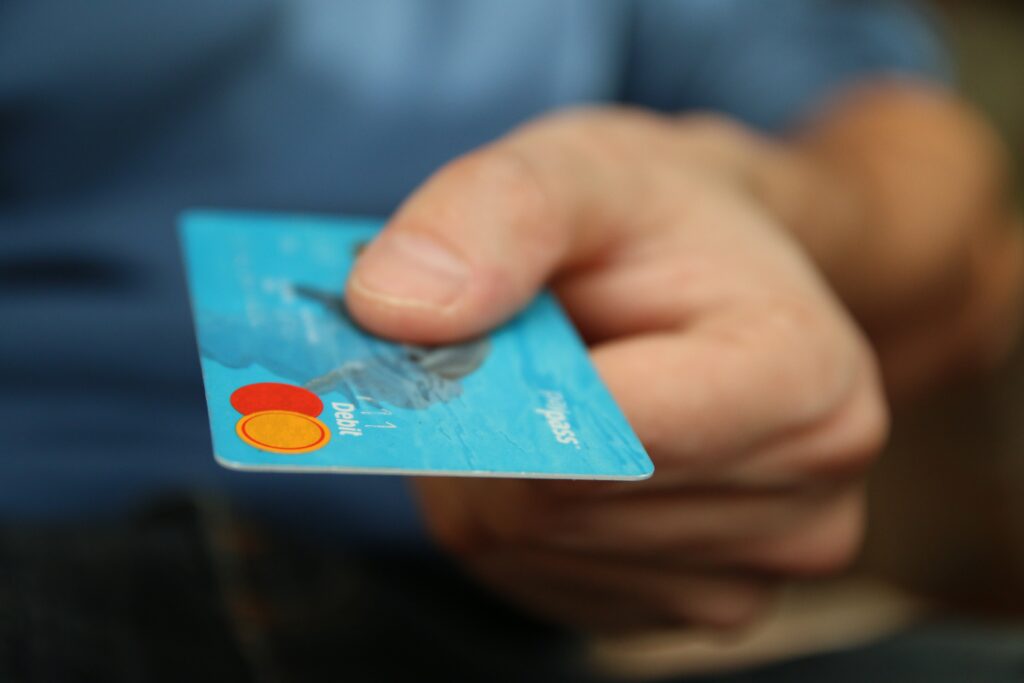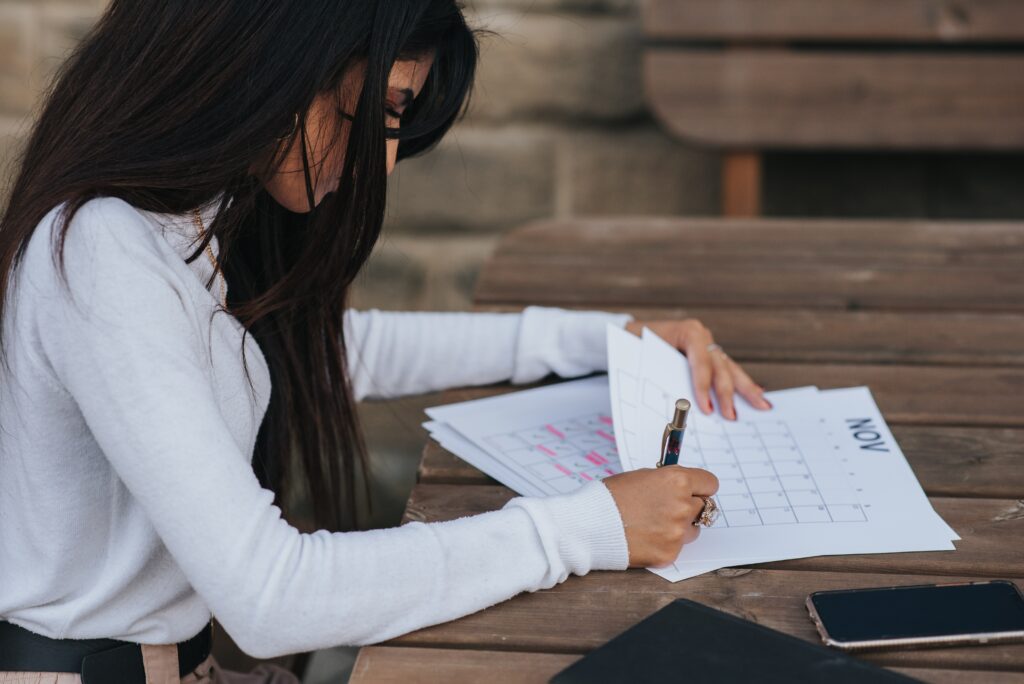How to pay off debt in 2021. What are the first steps in paying off debt? How do you become more financially secure? Where do you start?

Read the Total Money Makeover
I have been asked time and time again how I got my journey started.
Well, this is how. I read a book.
I wish there was more to my secret sauce but frankly there isn’t.
This is an easy read.
If you are committed to this journey get this book.
You can also listen to it on audible but I do recommend getting a paper copy in case you ever need to reference it. The library is also a great free option.
This is the book that helped me pay off over $50,000 worth of debt.
When reading this book keep in mind…
This book isn’t the only written passage to financial success.
There are many rules in this book that I did not follow.
But if you want to know how you can pay off debt in 2021 this is where I recommend starting.

This is exactly what I did first.
Read this book.
If you don’t…
You could take Financial Peace University
I am mentioning this because I know of some people who have had financial success with this course.
Financial peace university is Dave Ramsey’s course on taking control of your finances.
It is $129.
FPU is the most expensive option but it will give you all the tools you need including video lessons on how to get out of debt.
You can take FPU virtually or in-person if a class is offered near you.
Even though I don’t have any direct experience with using this tool it has been proven to work.
Just thought I would mention it.
Some other books to consider
I have not read all of these but after years in the financial community, I know what is commonly recommended.
Choose FI: Your blueprint to financial independence
I have read The Broke Millennial and can say it is a good read especially if you are new graduate.
I also have read Choose FI.
If some convincing to start a financial journey is what your after this book will do just that.
Many of these books lay a great financial foundation to paying off debt.
If you choose to not read The Total Money Makeover these are some other options.
Once you have read your financial resource these next steps will make much more sense.
The second step to paying off debt is…
Find out how much debt you have and where your money is going.

Before you can start a debt payoff plan you need to find out how much debt you have and where your money is going.
Debts include things like:
- Car loans
- Student loans
- Personal loans
- Credit cards
- Medical bills
- Financed items
- Family dues
- Lines of credit
- Business loans
- IRS dues
Basically you need to find out if you owe any money to anyone outside of a mortgage.
This is where it can get a little complicated.
Many people have loans that unfortunately are floating in debt land.
Especially medical and student loan debt.
If you have any outstanding debts an easy way to find them is buy pulling a credit report.
You are entitled to one free credit report per calendar year.
Experian, Equifax, and TransUnion are some of the most popular.
You can also make some phone calls especially if you are someone with multiple unconsolidated student loans.
Your credit card company may list your debts but sometimes not all.
Once you find all your debt find your money.
This is what we like to call a spending analysis.
Take your last 3-6 months of expenses and print them out.
Yes, your bank statements and credit card statements.
This is probably one of the most time-consuming parts.

The reason you need to have multiple week’s worth of spending is that every month is different.
If you had a month of travel, holidays, or birthdays, obviously those are not always normal expenses.
Once you have your statements lay them on your table, counter, or floor and start looking at what used to be your money.
This may be a hair-raising experience.
If you have some different colored markers, pens, highlighters grab them to help you organize.
Label each color marker a different financial category.
For example:
Red: Bills
Blue: Food
Green: Gas
Orange: Miscellaneous
And just start highlighting.
Highlight all of your food expenses. Then highlight every time you got gas or paid a bill.
Realize how many trips you made to Walmart or target and don’t remember what you bought.
Don’t get overwhelmed by this process because when your finished you will have sheets of paper with lots of colors on them.
Next add them up.
Yes add up an entire months worth of groceries.
When I did this I found out as a household we were spending over $1,000 per month on food.
Your results will tell you exactly where your money is going.
This will be your foundation for your first budget.
Your first budget will give you the tools you need to pay off your debt.
I’m not going to speak about how to write a budget in this post but the next step is to intentionally pay off your debt.
You don’t that with your budget.
A budget tells you exactly how much money you have, where it’s going, and how much you have left.
These are the first 4 things you need to do to pay off debt in 2021
- Find a piece of financial literature giving you the background knowledge you need to get started like the Total Money Makeover
- Find out how much debt you have in total excluding your mortgage
- Do a spending analysis by figuring out where your money is going
- Create a budget allowing you to send extra income to debt
This is exactly what I started with
And in less than two years my husband and I had paid off over $50,000 worth of debt and saved $10,000 on a gross salary of under $100,000.
Even if you read the book, find your debt, do a spending analysis and write your first budget does not mean you will automatically be able to pay off debt.
How you pay off debt is using all the extra income you have to pay off the people you owe.
If you want to keep the money you earn don’t continue to barrow it.
Want to read more?
What to know before starting your debt-free journey
Tips on how to budget for Christmas
Modern Farmhouse Laundry Room Makeover on a Budget
Pin for later
